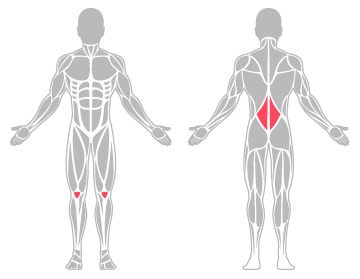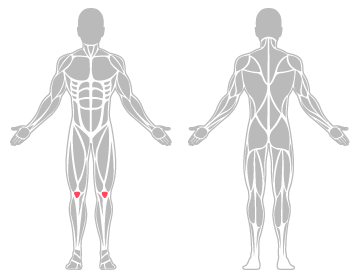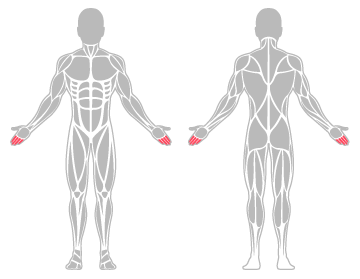2022-23 Work health and safety statistics - Retail trade
Key injury claims information


* Claims where the worker needed at least one week of due to their injuries are considered serious injuries.
Injury claims by age and gender

Main occupations seriously injured

Main industry sub-groups by serious injury claims

Main mechanisms of serious injury

Break down by main mechanisms of serious injury
-
Body stressing
The main injury group resulting from body stressing was:

The three main incident types were:
- Muscular stress while lifting, carrying or putting down (50.0%)
- Muscular stress while handling objects other than lifting, carrying or putting down (33.3%)
- Muscular stress with no objects being handled (16.7%)
Main body areas injured were:
- Lower back (33.3%)
- Knee (25.0%)

-
Falls, trips and slips of a person
The main three injury groups resulting from falls, trips and slips of a person were:

The two main incident types were:
- Falls on the same level (85.7%)
- Falls from a height (14.3%)
The main body area injured was:
- Knee (42.9%)

-
Being hit by moving objects
The main three injury groups resulting from being hit by moving objects were:

The four main incident types were:
- Being hit by falling objects (42.9%)
- Being trapped between stationary and moving
objects (28.6%) - Being assaulted by a person or persons (14.3%)
- Being hit by moving objects (14.3%)
Main body area injured was:
- Fingers (28.6%)

Agriculture, forestry and fishing 22-23 →